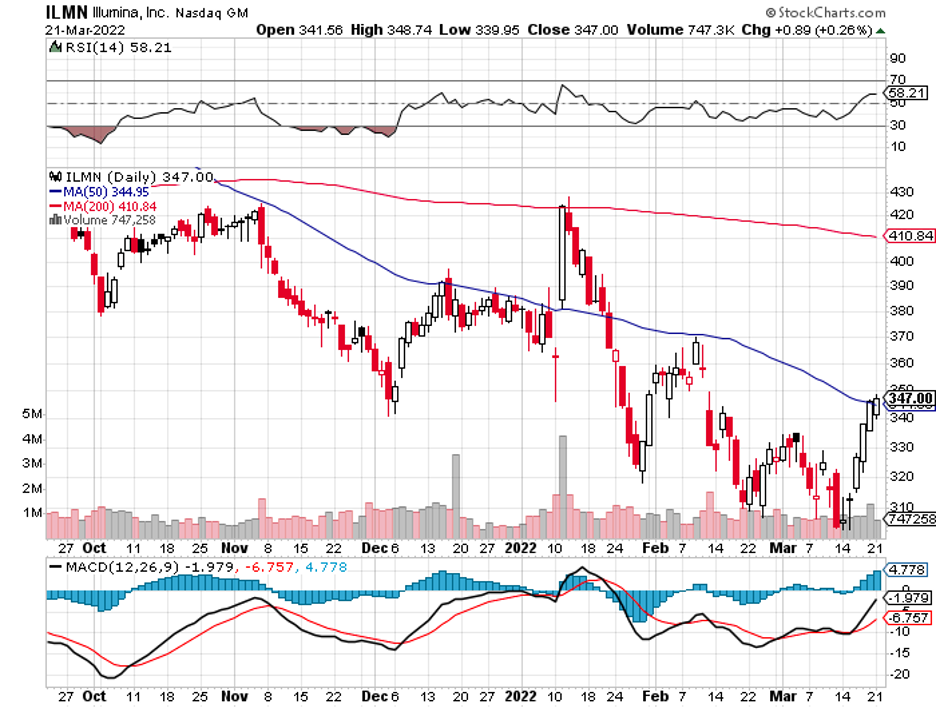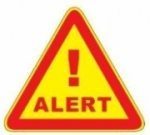I’m a huge fan of the "razor and blades" business strategy, where the pricing and marketing model is designed to generate recurring, dependable income by ensuring that a customer is locked in onto a product or service for a long time.
The COVID-19 pandemic underscored the significance of DNA sequencing in improving and monitoring global health.
Thanks to DNA sequencing, we were able to identify the novel coronavirus and eventually developed vaccines and PCR-based tests. This also played a crucial role in detecting new strains and even transmission tracking.
To date, the top name in the DNA sequencing community is Illumina (ILMN).
In terms of competitors, the closest to Illumina’s dominance are Agilent Technologies (A) and Thermo Fisher Scientific (TMO). However, neither have developed their platforms enough to be directly comparable to Illumina.
Illumina has a notable installed base comprising approximately 20,000 machines owned by roughly 7,300 clients.
With the rising popularity of DNA sequencing, the demand for the company’s installation base is estimated to continue growing and along with it is the sale of consumables.
This is where the razor and blades business model comes in.
The consumables form a major part of Illumina’s strategy, with the instruments serving as “razors” and consumables as “blades.”
The cost of instruments can fall within the range of $20,000 to $1 million and are essential elements of expanding the company’s portfolio and locking in clients into long-term commitments.
Consumables typically represent 50% or more of the revenue of any DNA sequencing company. For Illumina, the number climbs to 80%.
Considering that the consumables also need repairs, this segment is expected to continue generating profits in services and contracts.
Evidently, 80% recurring revenue is highly indicative of a rock-solid business.
While the business model isn’t unique to Illumina, the company has attracted attention in Wall Street due to its exponential growth over the past years.
In the last five years, Illumina has practically doubled its revenue. During the COVID-induced economic slowdown, the company quickly recovered from a brief slump and accelerated its revenue growth at an even faster pace.
In the fourth quarter report for 2021, Illumina reported about $1.9 billion in revenue or an impressive 25% increase year-over-year.
As for 2022, the company is conservatively anticipating a 14% to 16% growth in its revenue.
Another step towards securing dominance in this field is Illumina’s decision to launch the TruSight Oncology Comprehensive test in Europe.
This is basically a cancer test that uses a single tissue sample to test for a broad range of tumor genes and biomarkers.
The goal is to create a “tumor profile” of patients with rare conditions to find a matching treatment option via precision technology. This doesn’t only cover available cancer therapies in the market but also clinical trials.
While this test focuses on the oncology sector, Illumina and its competitors are presumably working on more sophisticated genetic profile-based diagnostic tools for other conditions.
Although this has yet to be launched on a larger scale, Illumina is reported to seek collaborations with leading oncology treatment providers like Merck (MRK), Bayer (BAYN), and Roche (RHHBY).
Illumina has invested in seven new startups to further expand its pipeline: 4SR Biosciences; B4X; Cache DNA; CRISP-HR Therapeutics; NonExomics; Purpose Health; and Rethink Bio.
These focus on breakthrough therapies, DNA storage, mental wellness, sustainable food, and diagnostics.
Illumina has invested in 68 startups to date. This is a brilliant scheme to continue company growth and pipeline expansion for decades.
The DNA sequencing market was valued at $6.243 million in 2017 and is projected to hit $25.470 million by 2025.
Illumina’s remarkable execution of the razor and blades model, strong profit margins, and proactive profitability initiatives catapulted it to the top of the DNA sequencing sector.
Needless to say, Illumina is the 800-pound gorilla in the gene-sequencing sector—a dominance that is expected to go on for years.


